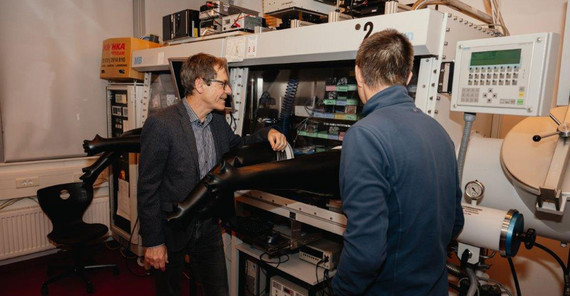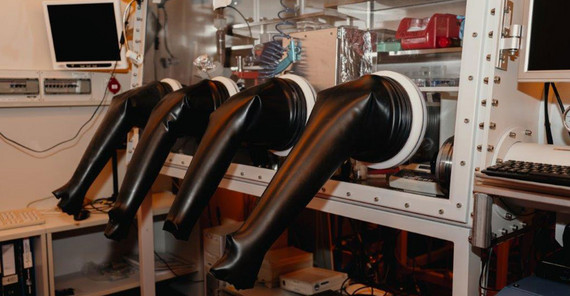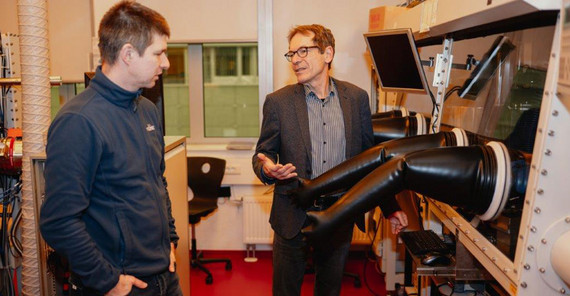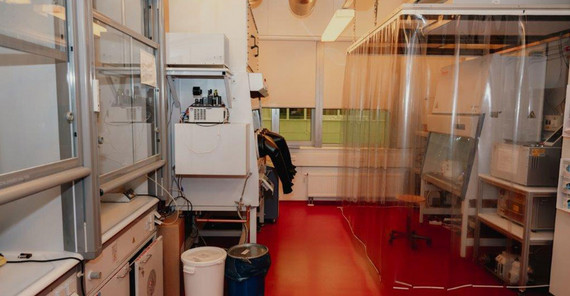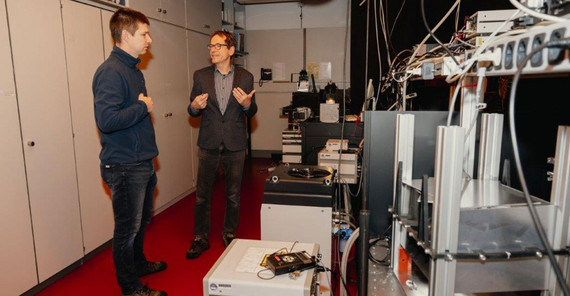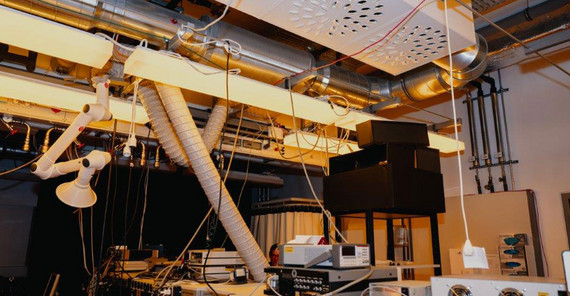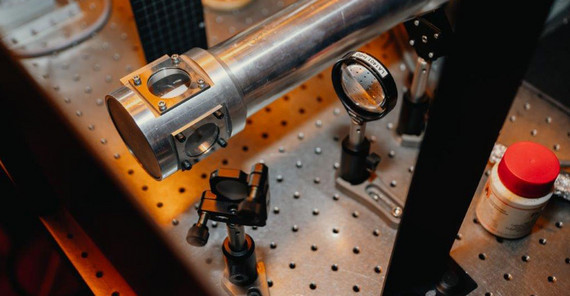We are therefore researching materials that make it possible to produce very thin solar cells. I have been fascinated by so-called organic semiconductors for many years. These are colored hydrocarbons, similar to chlorophyll or carotene. By using new types of molecules (with unpronounceable names), it has been possible in recent years to significantly increase the efficiency of organic solar cells. At the same time, these solar cells can be produced much more easily and at lower temperatures, which significantly reduces their CO2 footprint. We are trying to identify the processes that limit the efficiency of the cells and to develop ways that improve the photovoltaic properties. For this, we use a range of optical and optoelectronic methods in our laboratories. In one laboratory, we investigate how the components behave when they are illuminated by an artificial sun. This is a light source that has almost the same intensity and luminosity as sunlight on a cloudless summer's day. It is particularly fascinating to see how small variations in the chemical structure of the molecules cause major changes in the efficiency of the cells. To understand this in detail, we use a large laser in another laboratory that generates light pulses that are only 100 femtoseconds long. That is one ten-thousandth of a billionth of a second. We use this to investigate what happens in the semiconductors immediately after the absorption of a photon – a quantum of light: Does every absorbed photon generate free charges? Or are there losses that cause the photon’s energy to be converted into heat or even lead to unwanted chemical reactions?
I really enjoy working with the junior research groups that I have been privileged to supervise. For example, the Sofja Kovalevskaja Junior Research Group of Safa Shoai developed techniques that have given us precise insights into the light-induced processes in organic solar cells. A second junior research group, led by Martin Stolterfoht, has been working on organic-inorganic perovskites, the new shooting stars of thin-film photovoltaics. A special property of these perovskites is the fact that radiation-induced effects in the crystal structure can heal themselves. I have been hosting Felix Lang’s junior research group for a year. His Freigeist Junior Group has set itself the goal of developing new and better radiation detectors for medical X-ray diagnostics and flexible, ultra-light space photovoltaics based on these perovskites.
Photovoltaic research certainly determines many other aspects of my work. For example, we have been offering the Physics of Solar Cells lecture for many years. It’s always nice to surprise the students with the fact that photovoltaics has a lot to do with thermodynamics - but thermodynamics is much more than the theory of heat. We also organize the lecture series on the climate crisis, which we launched a few years ago. Here, photovoltaics and low-emission energy generation is an important topic - but of course only one of many.
The Researcher
Prof. Dr. Dieter Neher has been Professor for Soft Matter Physics and Optoelectronics at the University of Potsdam since 1998.
Email: neheruuni-potsdampde
This text was published in the university magazine Portal Wissen - Eins 2024 „Bildung:digital“ (PDF).

